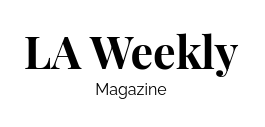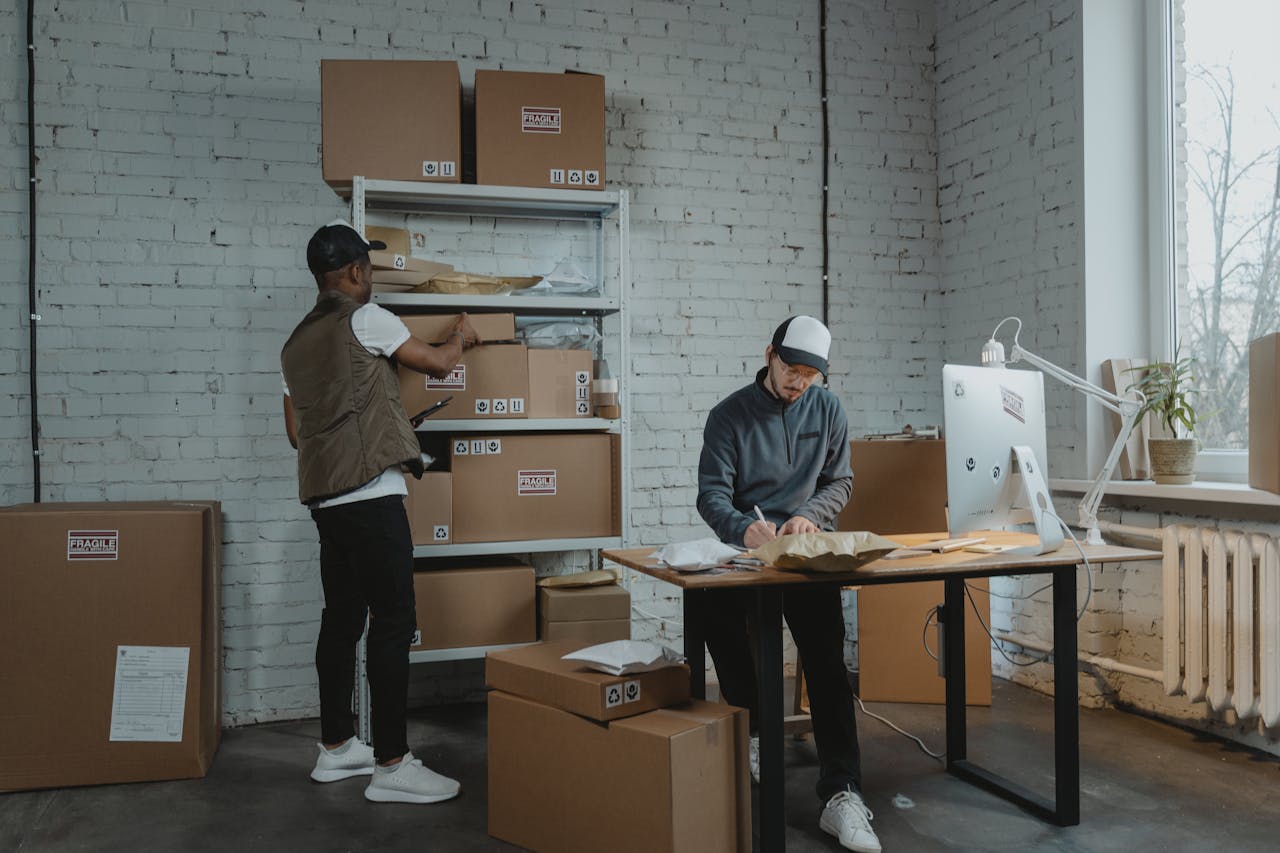Introduction to Pappedeckel
The term “pappedeckel” refers to a type of cardboard lid commonly utilized across various sectors, including food packaging, shipping, and construction. Etymologically, the word is derived from the German language, where “Papier” signifies paper and “Deckel” means lid. This combination underscores the material composition and functional aspect of the product, which has become an integral component in modern packaging solutions. The significance of pappedeckel extends beyond its basic definition; it represents a sustainable and cost-effective choice for many applications.
In everyday life, pappedeckel is frequently encountered in several contexts, particularly in the food industry. Many takeout containers are topped with these cardboard lids to secure meals, ensuring freshness and hygiene. This simple yet effective design allows for easy handling and transport, thereby enhancing the overall customer experience. Furthermore, pappedeckel provides an eco-friendly alternative to plastic lids, aligning with the growing emphasis on sustainable practices across various industries.
In addition to its role in food packaging, pappedeckel serves essential functions in shipping and logistics. Cardboard lids provide protection for goods during transit, helping to prevent damage and loss. This protective element is vital for businesses that prioritize customer satisfaction by delivering products intact. Moreover, the versatility of pappedeckel makes it suitable for a wide range of items, from fragile electronics to bulky supplies, illustrating its adaptability in diverse commercial settings.
Ultimately, the significance of pappedeckel lies in its multifunctionality and its contribution to efficient, sustainable, and effective packaging solutions. Understanding the various uses and benefits of these cardboard lids can illuminate their essential role in contemporary practices, showcasing how even the most straightforward items can have profound implications in various industries and everyday life.
The Importance of Cardboard Lids
Cardboard lids, commonly referred to as pappedeckel, play a significant role in the realm of packaging and food storage. Their primary function is to protect food items from external contaminants, ensuring that the quality and safety of the consumables are maintained. This protection is particularly essential for products that are sensitive to environmental factors such as moisture, air, and light. By providing a barrier, pappedeckel facilitates longer shelf lives for various food items, thereby reducing waste and extending the usability of packaged goods.
In addition to their protective capabilities, cardboard lids offer an innovative solution for enhanced convenience. Many pappedeckel designs are compatible with stackable containers, allowing for efficient storage in limited spaces. This feature is particularly advantageous for both households and businesses, as it maximizes space while keeping items organized and accessible. The ease of use provided by cardboard lids further simplifies food handling and transportation, making them an indispensable part of modern packaging practices.
Sustainability is another key aspect of the importance of cardboard lids. With increasing awareness of environmental issues, manufacturers are increasingly opting for pappedeckel made from recyclable or biodegradable materials. This shift not only aligns with eco-friendly practices but also meets consumer demand for sustainable packaging options. By choosing cardboard lids over plastic alternatives, both businesses and consumers contribute to reducing plastic waste and promoting a cleaner environment. Furthermore, the lightweight nature of cardboard makes transportation more energy-efficient, which adds to the overall sustainability of the packaging lifecycle.
In conclusion, the significance of cardboard lids encompasses food protection, convenience, and sustainability. Pappedeckel serves as a crucial component in packaging solutions, demonstrating its multifaceted benefits in everyday applications. As the packaging industry continues to evolve, the role of these versatile lids will undoubtedly remain vital to modern practices.
Common Uses of Pappedeckel
Pappedeckel, or cardboard lids, are versatile components utilized across various industries, notably in food and beverage services, shipping, and even DIY projects. Their multifunctional nature has made them indispensable in enhancing both safety and efficiency in these sectors.
In the food and beverage industry, pappedeckel serves as an essential tool for ensuring the freshness and safety of products. For instance, take-out containers often feature cardboard lids that fit securely, preventing spills and maintaining temperature during transportation. In the café business, cardboard lids are also commonly used for coffee cups, allowing for easy transport while providing a barrier against heat and potential contamination. Moreover, these lids can be customized to include branding elements, serving both functional and marketing purposes.
The shipping industry also benefits significantly from the use of pappedeckel. Cardboard lids are frequently employed to cover boxes and containers, adding an extra layer of protection for goods during transit. This is particularly important when shipping fragile items, where a secure pappedeckel can keep contents safe from external damage. Furthermore, these lids can be designed to fit various box sizes, making them an adaptable solution for different shipping needs.
Beyond commercial applications, pappedeckel finds utility in DIY projects as well. Hobbyists and crafters often leverage cardboard lids for multiple purposes, such as creating storage solutions, art projects, or even as makeshift painting palettes. Their lightweight nature and ease of customization make them a popular choice for creative ventures, allowing individuals to repurpose materials effectively.
Ultimately, the wide-ranging uses of pappedeckel highlight their importance in industry practices and personal projects alike, demonstrating the adaptability and functionality of this simple cardboard product.
Pappedeckel in the Food and Beverage Industry
Pappedeckel, or cardboard lids, play an indispensable role in the food and beverage industry, serving a variety of functions that enhance both user experience and product safety. One of the most common applications of pappedeckel is in takeaway coffee cups. These biodegradable lids are specifically designed to fit snugly on the cups, ensuring optimal temperature retention for hot beverages. This not only preserves the beverage’s intended flavor but also ensures that customers receive their drinks at the desired temperature.
In addition to coffee, pappedeckel are widely utilized in food boxes provided by bakeries and restaurants. These lids assist in maintaining the freshness and quality of food items by creating a seal that minimizes exposure to air. This characteristic is particularly important for baked goods, as it helps to prevent staleness and preserves moisture levels within the packaging. The effective design of these lids also helps to prevent spills during transportation, which can be a significant concern for both customers and food service providers.
The versatility of pappedeckel in the food and beverage sector is further illustrated by their ability to be customized for branding purposes. Many establishments take advantage of the printable surface area on these lids to promote their logo or menu items, thereby enhancing brand visibility while simultaneously offering functional benefits. This dual purpose makes pappedeckel an essential component of packaging strategies within the industry.
Overall, pappedeckel provide a reliable solution for maintaining temperature and preventing spills, proving to be an essential element in the food handling process. Their adaptability and effectiveness in various applications solidify their importance in today’s consumer-driven market, ensuring satisfaction for both businesses and their patrons alike.
Pappedeckel in Shipping and Packaging
The role of pappedeckel, or cardboard lids, in shipping and packaging is crucial for protecting goods during transport. These lids serve as a barrier between products and external environmental factors, such as moisture, dust, and impact. In the shipping industry, ensuring the safety of items often hinges on effective packaging solutions, and pappedeckel have become a preferred choice for many businesses due to their sturdy yet lightweight nature.
Constructed primarily from recycled materials, these cardboard lids are not only cost-effective but also environmentally friendly. Their design can vary significantly depending on the intended use and the products being shipped. For instance, pappedeckel can be customized in thickness, size, and shape to provide adequate protection for both fragile items and bulkier goods. This versatility makes pappedeckel an appealing option across various sectors, including food distribution, retail, and eCommerce.
Moreover, the structural integrity of pappedeckel is often enhanced by features such as interlocking designs or the inclusion of adhesive strips, which help to secure the lid in place during transit. These design considerations are essential, as they minimize the risk of product damage while also allowing for efficient stacking and storage. When used in conjunction with protective fillers or cushioning materials, cardboard lids can greatly reduce movement within shipping containers, thereby offering an additional layer of protection.
In summary, pappedeckel play an indispensable role in the shipping and packaging industry. Their ability to protect products from environmental factors while providing a reliable, sustainable packaging solution has solidified their status as a critical component for businesses seeking to ensure safe product delivery. The continued innovation in materials and design further enhances the effectiveness of these cardboard lids, making them an essential topic of discussion for manufacturers and retailers alike.
Innovative DIY Uses for Pappedeckel
Pappedeckel, or cardboard lids, offer a versatile base for a variety of creative do-it-yourself projects that can add both functionality and aesthetic appeal to your home. The sturdy nature of cardboard makes it a perfect material for crafting new and innovative items, and with a bit of imagination, these lids can be utilized in exciting ways. One popular application is creating custom coasters; by cutting the pappedeckel into circles or squares and decorating them with paint, fabric, or decoupage, you can create personalized home decor that also protects your surfaces from water rings.
Another inventive use for pappedeckel includes organizing chaotic drawers or workspaces. Simply cut the cardboard lids into various shapes and sizes to create separators for drawers, helping to keep small items in place and easily accessible. This not only maximizes drawer space but also promotes a tidy environment. Consider fashioning the pappedeckel into stylish wall art. Stack multiple lids together and paint or cover them with patterned paper to create an eye-catching arrangement. This low-cost art piece can serve as a focal point in any room.
Moreover, these cardboard discs can be transformed into functional storage solutions. By connecting several pappedeckel with glue, you can create a unique and lightweight storage box. Adding a lid made from a larger piece of cardboard will enhance the utility of your container, allowing you to store seasonal items or craft supplies in an organized manner. Lastly, with a little creativity, pappedeckel can be crafted into simple toys for children, such as spinning tops, which can foster imaginative play while promoting recycling efforts. Thus, the potential of pappedeckel is limited only by one’s creativity, making it an ideal choice for a wide range of DIY projects.
Environmental Impact of Pappedeckel
The environmental impact of pappedeckel, or cardboard lids, is an important topic in the context of sustainability and waste reduction. As the world grapples with increasing waste production, innovative solutions such as these lids are becoming more critical. One of the most significant benefits of pappedeckel is its recyclability. Cardboard, in general, can be recycled multiple times, which helps minimize the need for new raw materials and reduces the overall carbon footprint associated with production.
Furthermore, the use of cardboard lids contributes to a paradigm shift toward more sustainable packaging solutions. Unlike plastic, which often ends up in landfills or oceans, pappedeckel can be easily disposed of in dedicated recycling streams. This characteristic supports circular economy practices, emphasizing the importance of reusing and recycling materials. By incorporating cardboard lids into daily use, consumers play a vital role in reducing landfill waste and enhancing recycling rates.
Moreover, the production of pappedeckel typically involves a lower environmental impact compared to plastic alternatives. The manufacturing process for cardboard uses fewer resources and emits less pollution, contributing to a decrease in environmental degradation. In addition, cardboard is often made from renewable sources, such as sustainably managed forests, further enhancing its eco-friendliness. This aspect makes pappedeckel not only a practical choice but also an ethical one for environmentally conscious consumers.
In summary, the environmental benefits associated with pappedeckel are substantial. Their recyclability and role in promoting sustainable practices offer a significant advantage over traditional plastic lids. By opting for cardboard lids, individuals and businesses alike can contribute to waste reduction and foster a more sustainable future.
Challenges and Considerations
When it comes to the use of pappedeckel, or cardboard lids, various challenges and considerations emerge that both manufacturers and end-users should take into account. One of the primary challenges is durability. Cardboard, by its nature, is not as robust as alternative materials such as plastic or metal. This predisposition raises concerns about its capacity to withstand pressure, mechanical stress, and wear and tear during handling and transportation. Depending on the specific application, such as beverage containment or food packaging, durability may play a critical role in ensuring the integrity of the product it is meant to cover.
Another significant consideration relates to water resistance and moisture protection. While some pappedeckel are treated or coated to enhance their resistance to moisture, many standard cardboard lids can be compromised when exposed to liquids. This factor poses a risk in food and beverage industries where leakage could not only damage merchandise but also pose health risks. Thus, when selecting cardboard lids, it is essential to assess whether they can provide sufficient protection against moisture, especially in environments where wet conditions are prevalent.
Furthermore, environmental sustainability is increasingly becoming an integral consideration. Pappedeckel are often sought for their eco-friendly attributes, being recyclable and biodegradable alternatives to plastic lids. However, manufacturers must balance these sustainable aspects with performance requirements. The challenge lies in producing cardboard lids that fulfill both environmental standards and functional demands without sacrificing quality. Additionally, compliance with regulatory standards for food safety and packaging can further complicate the decision-making process in selecting the appropriate pappedeckel.
Future Trends of Cardboard Lids
As industries continue to evolve, the design and manufacturing of pappedeckel, or cardboard lids, are expected to undergo notable transformations. One of the most significant trends is the shift towards sustainable materials. With increasing awareness of environmental issues, manufacturers are exploring innovative alternatives to traditional cardboard, such as biodegradable or compostable options. These materials provide the same protective qualities required in packaging while minimizing the ecological footprint associated with production and disposal.
Another trend gaining momentum is the enhanced functionality of pappedeckel through advanced design techniques. As consumer preferences evolve, there is a growing demand for lids that not only serve their basic purpose but also offer improved user experiences. Features such as easy-opening mechanisms, tamper-evident seals, and customizable designs are becoming commonplace. These advancements cater to various industries, from food and beverage to cosmetics, ensuring that pappedeckel meets specific market demands effectively.
Furthermore, digital printing technology is revolutionizing the aesthetic aspect of cardboard lids. Businesses are increasingly opting for vibrant, high-quality prints that enhance brand visibility and consumer attraction. This shift towards customizable designs is likely to proliferate, allowing brands to communicate their identity and values directly through packaging. This trend, combined with the focus on sustainability, positions cardboard lids as not only functional items but also as strategic marketing tools.
Lastly, the integration of smart technology in packaging could redefine how pappedeckel is created and utilized. For instance, incorporating QR codes or NFC technology could allow consumers to access additional product information or recycling instructions right from the lid itself. Overall, the future of pappedeckel seems promising, driven by a commitment to sustainability, innovation in design, and a keen understanding of consumer needs.

We share information about current trends and stories of people all around the world.



